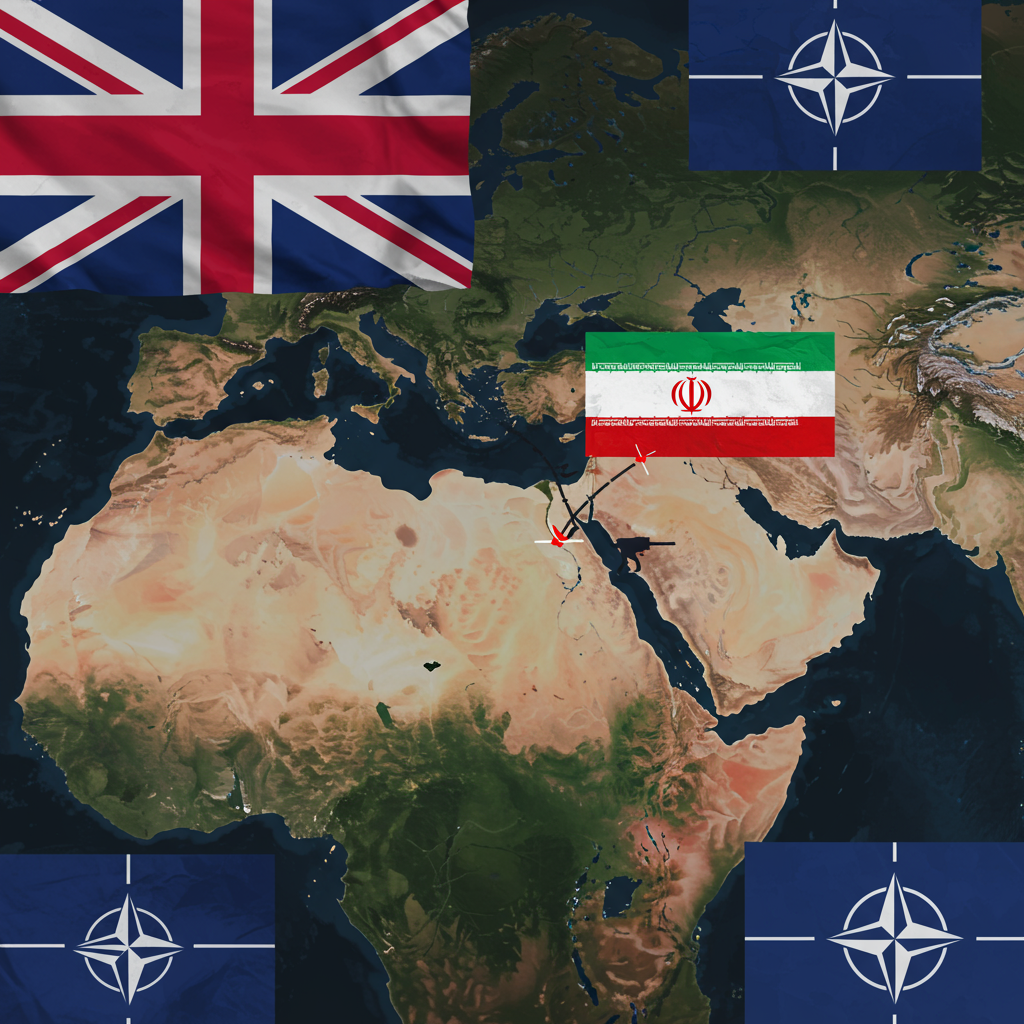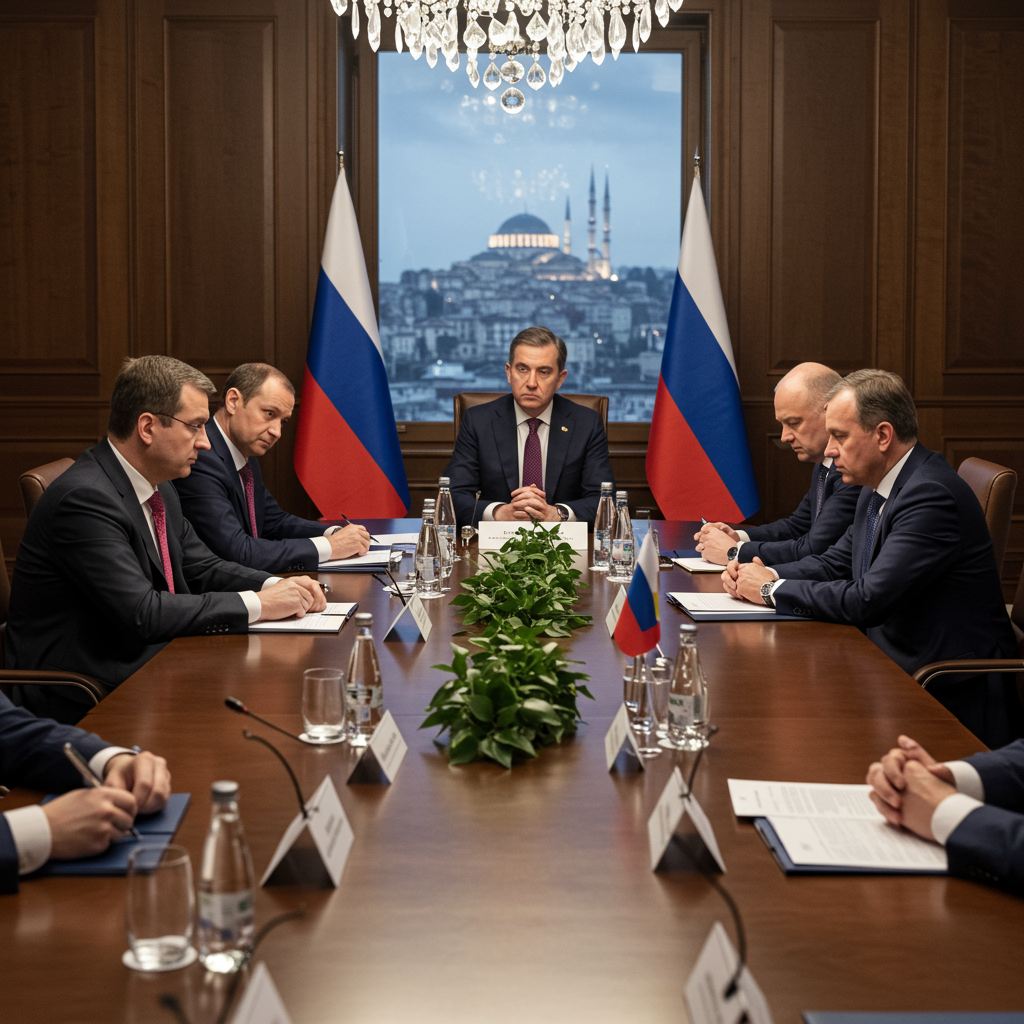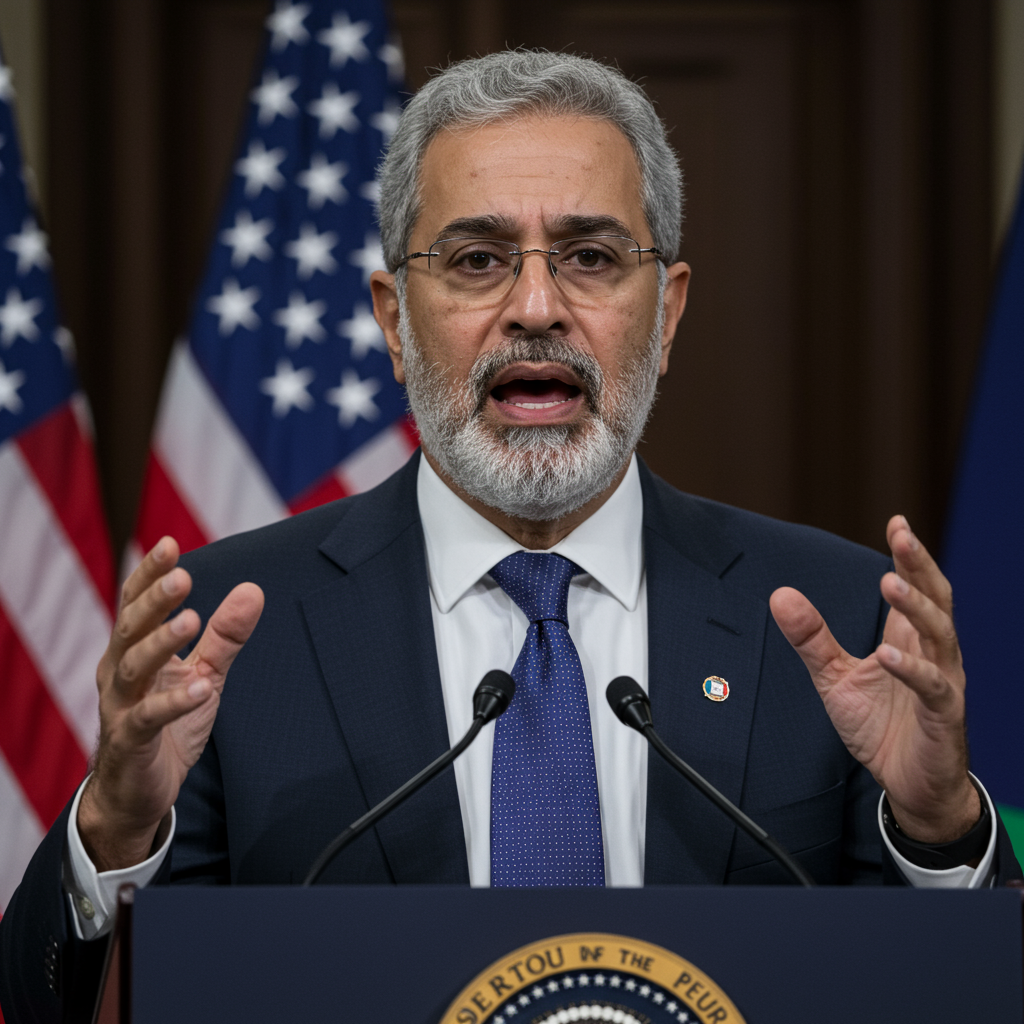ANALYSIS
Recent US military strikes targeting Iranian nuclear facilities have dramatically escalated tensions in the Middle East, pushing the region closer to a wider conflict. This dangerous turn of events has placed the United Kingdom in a precarious position, raising serious questions about potential British involvement should Iran retaliate directly against American forces.
The core concern lies with the principle of collective defense enshrined in Article 5 of the NATO treaty. An attack on one NATO member is considered an attack on all. If Iran were to strike US military bases, this could trigger Article 5, leaving the British government with potentially no choice but to become involved in military action alongside its American ally, regardless of its preference for diplomacy.
UK’s Balancing Act Amidst Escalation
Under Prime Minister Keir Starmer, the UK government’s stated primary message has been focused on reassuring the public that it is working to stabilize the region and press for a return to diplomatic solutions. Following the US strikes, the Prime Minister was reportedly engaged in urgent phone calls with European and Middle Eastern leaders, scrambling to contain a rapidly deteriorating situation.
However, the Prime Minister has been navigating a delicate balancing act. He has carefully avoided directly endorsing the US strikes or overtly criticising President Donald Trump’s actions. While acknowledging the US action, the UK’s public position, echoed in a joint statement with E3 partners (Germany and France), has focused on the shared goal of preventing Iran from acquiring a nuclear weapon – an area of common ground.
This cautious approach stems, in part, from a calculation that criticising the US administration could go against UK interests. Despite Prime Minister Starmer and other allies publicly pressing for de-escalation, including at the G7 summit, President Trump appears to have acted unilaterally, underlining a potential disinterest in allied counsel. Just days before the strikes, the Prime Minister had expressed to reporters that he did not believe a US attack was imminent, highlighting the rapid and perhaps unexpected pace of developments.
The US Strikes: Targeting Iran’s Nuclear Ambitions
The recent US action specifically targeted three key Iranian nuclear facilities: Fordow, Natanz, and Isfahan. These strikes, described by President Trump as “massive precision strikes” and a “spectacular military success,” represent a significant US insertion into the ongoing tensions between Israel and Iran.
Striking sites like the Fordow fuel enrichment plant presents unique challenges. Located deep beneath a mountain, Fordow is thought to require specialized munitions capable of penetrating significant depths. Only the US Air Force possesses the combination of stealth bombers like the B-2 Spirit and massive ordnance penetrators like the 30,000-pound GBU-57/B “bunker buster” bomb needed for such targets. Experts suggest multiple strikes might be necessary even with these capabilities. While Israel has reportedly conducted prior strikes targeting Iran’s nuclear program and ballistic missile sites, degrading Iran’s capabilities, it is understood to lack the specific assets required for deeply buried targets like Fordow. International Atomic Energy Agency (IAEA) assessments following recent events noted severe damage to underground centrifuges at Natanz and destruction of its above-ground site, though no visible damage was observed at Fordow at the time of their checks.
Iran’s Potential Responses and UK Exposure
Facing direct strikes on its sovereign territory and nuclear facilities, Iran is under immense pressure to retaliate. While its ballistic missile and drone capabilities may have been degraded by prior attacks, potential targets for Iranian response remain varied and concerning.
Iran could choose to strike back directly against US military bases, aircraft, or warships in the region – precisely the scenario that could trigger the NATO Article 5 dilemma for the UK. Alternatively, Iran might target “softer targets” such as American embassies or diplomatic missions. A globally disruptive move could involve mining the Strait of Hormuz, a vital chokepoint for global energy and trade. Crucially for the UK, military assets and personnel belonging to American allies in the region could also be considered legitimate targets, particularly if Iran chooses to act via proxies. This could place UK bases and personnel under direct threat.
UK Government’s Dilemma and Preparedness
The potential for escalation has prompted urgent discussions within the UK government. An emergency committee meeting reportedly convened, involving senior ministers, military chiefs, and intelligence heads, specifically to consider potential scenarios and the UK’s response options.
A key point of discussion has been the potential use of UK sovereign territory by the US for strike operations. The joint US-UK airbase on Diego Garcia in the Indian Ocean, or potentially bases in Cyprus, could theoretically be used by the US, including for deploying assets like B-2 bombers. While there have been conflicting reports on whether formal UK permission is required for US activity at Diego Garcia, a US military source has indicated that permission is requested, acknowledging UK sovereignty.
The prospect of granting such permission presents a difficult decision. While refusing a request could strain the crucial “special relationship” with the US, involvement in US-led offensive strikes goes against the UK’s stated preference for de-escalation and could jeopardise the presence of British diplomats in Tehran, especially given the US lacks an embassy there. Legal advice from the Attorney General has reportedly suggested limiting UK involvement to strictly “defensive” support, further complicating the matter.
The government is reportedly considering a range of scenarios, from withholding support entirely to offering limited logistical aid or even full military intervention, with limited support seen by some sources as the most likely outcome.
In preparation for potential repercussions, the British military is on high alert. Increased “force protection” measures have been implemented for UK personnel and bases in the Middle East. Fourteen Typhoon jets are stationed in Cyprus, capable of undertaking defensive tasks, and concerns remain for the safety of British soldiers serving in places like Baghdad and Erbil who could be vulnerable to proxy attacks. As a precautionary measure, the Foreign Office has also temporarily withdrawn family members of British embassy and consulate staff from Tel Aviv and Jerusalem.
A Bleak Outlook
The mood within the UK government is described as bleak. Despite Prime Minister Starmer’s deep opposition to a wider conflict and his intense diplomatic efforts, his ability to halt the dangerous trajectory of escalation appears limited. The recent US strikes, rather than resolving tensions, seem poised to deepen the conflict.
As the world waits nervously for Iran’s response, the UK finds itself potentially on the brink of being drawn into a wider conflict it desperately wishes to avoid, constrained by alliance commitments and the unpredictable actions of its key ally and its adversaries.




